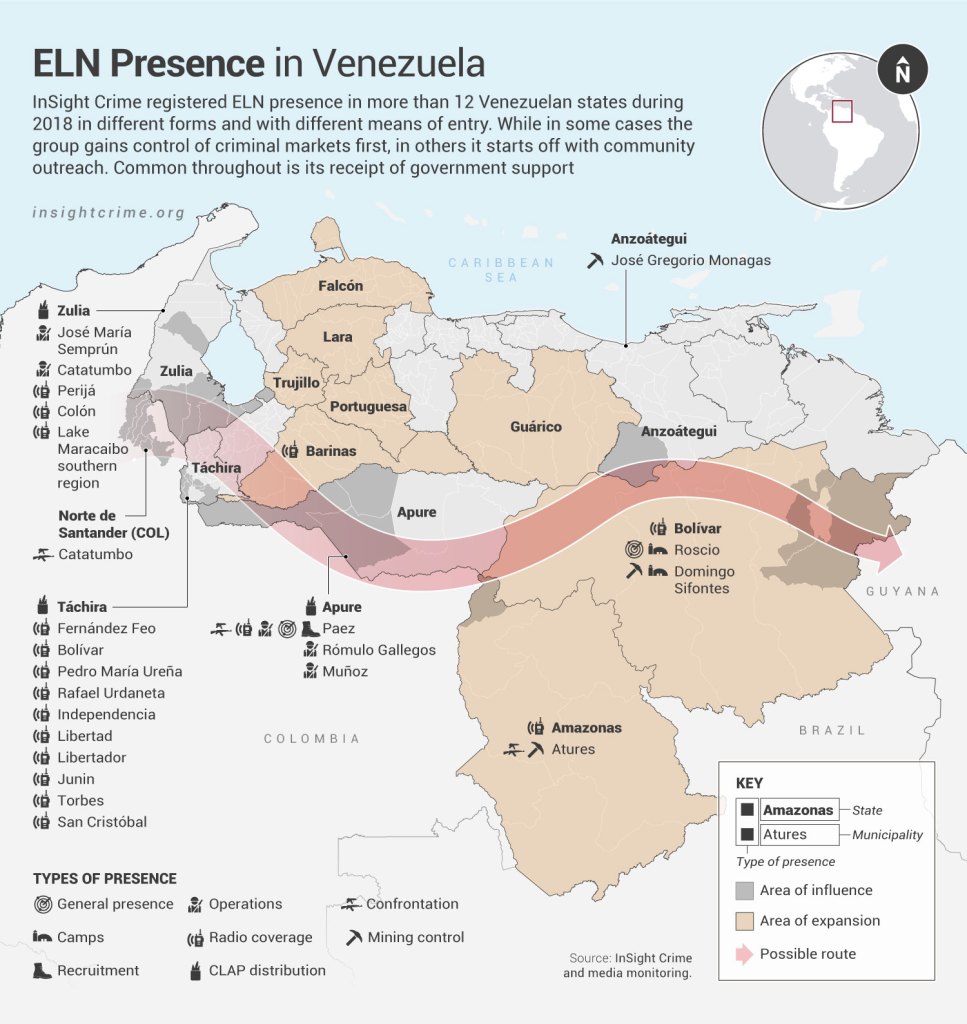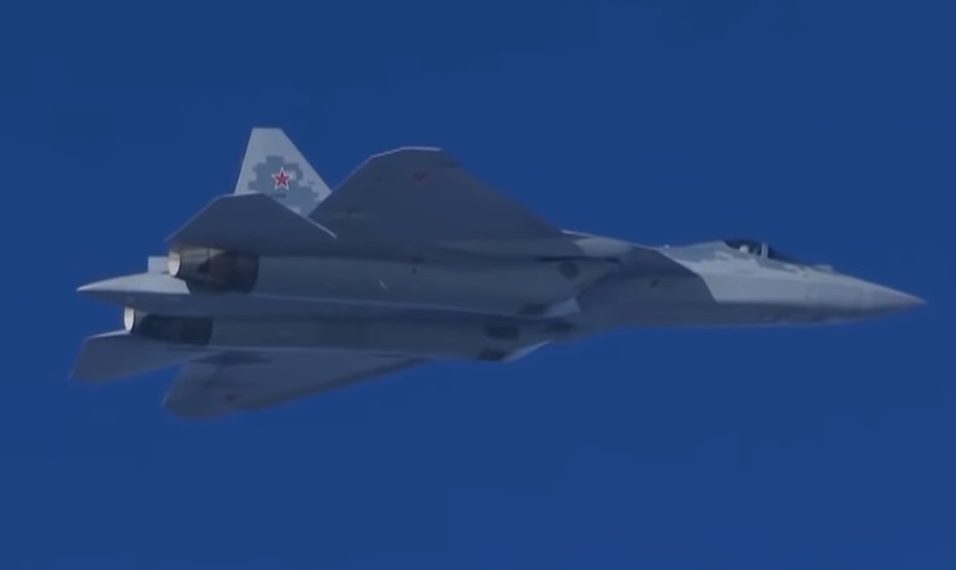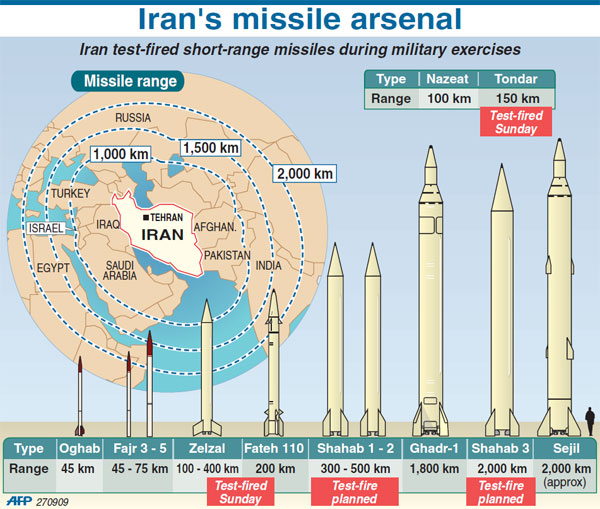Sorry folks...I've been mostly on my phone replying on the election mess as well as the fires to the north and south of me in-between rehab work and sleeping when the need comes to me. So I figured I'd start this week's thread a bit early while I had the laptop up and running....HC
(342) 10-27-2018-to-11-02-2018___****THE****WINDS****of****WAR****
http://www.timebomb2000.com/vb/show...1-02-2018___****THE****WINDS****of****WAR****
(343) 11-03-2018-to-11-09-2018___****THE****WINDS****of****WAR****
http://www.timebomb2000.com/vb/show...1-09-2018___****THE****WINDS****of****WAR****
(344) 11-10-2018-to-11-16-2018___****THE****WINDS****of****WAR****
http://www.timebomb2000.com/vb/show...1-16-2018___****THE****WINDS****of****WAR****
--------------------
For links see article source.....
Posted for fair use.....
https://www.voanews.com/a/jim-mattis-cuts-us-troop-numbers-africa/4660589.html
Africa
Mattis Cuts US Troop Numbers in Africa by 10 Percent
November 15, 2018 6:00 PM
Carla Babb
PENTAGON — U.S. Defense Secretary Jim Mattis is cutting hundreds of U.S. troops from Africa so he can use those resources for potential future conflicts with Russia and China.
Pentagon spokeswoman Navy Cmdr. Candice Tresch told VOA the move will cut roughly 700 counterterrorism troops and their enablers from West Africa. That is about 10 percent of U.S. Africa Command's presence on the continent.
"Operations in Libya, Somalia and Djibouti remain largely unchanged," she said.
The Pentagon's new National Defense Strategy (NDS) emphasizes near-peer competition over counterterrorism.
When asked whether the reduction was a result of the October 2017 attack in Niger that killed four U.S. troops, one military official said the deadly incident did not play a role in the decision.
"Discussions about this shift were under way before that incident occurred," the official said.
The military's "adjusted approach" to West Africa will decrease emphasis on tactical-level advice and assistance. Instead, the U.S. will rely more heavily on regional-level advising, assisting and sharing of intelligence, Tresch said.
As Mattis rolled out the NDS in January, he said the United States was losing its competitive military advantage over China and Russia.
"Great-power competition, not terrorism, is now the primary focus of U.S. national security," Mattis said.
-
Carla Babb
Carla is VOA's Pentagon correspondent covering defense and international security issues. Her datelines include Ukraine, Turkey, Pakistan, Afghanistan, Iraq and Korea.
ETA: Meanwhile....
------
For links see article source.....
Posted for fair use.....
https://www.voanews.com/a/un-bemoans-lack-of-funding-for-african-anti-jihadist-force/4658748.html
Africa
UN Bemoans Lack of Funding for African Anti-Jihadist Force
November 14, 2018 3:17 PM
Reuters
PARIS — International donors have disbursed less than half of what they had pledged for a regional force fighting to contain West African jihadists, hampering its efforts as insecurity spreads across the region, a United Nations report said.
A February conference of about 50 countries including the United States, Japan and Norway pledged 415 million euros ($470 million) for the G5 Sahel force, made up of troops from Mali, Niger, Chad, Burkina Faso and Mauritania.
But the force has struggled to get off the ground and in his Nov. 12 report to the Security Council, U.N. Secretary General Antonio Guterres said only 45.9 percent of funds (about 190.76 million euros) had either been disbursed or allocated for procurement processes.
"The support measures and the funding mechanism put in place must be revisited," Guterres said.
The G5 force has been hobbled by delays and poor coordination between the five countries, officials and diplomats say, while insecurity has escalated in the border region between Mali, Niger and Burkina Faso.
Three civilians were killed Monday after a car bomb exploded in the northern Malian city of Gao, an attack claimed by an Islamist militants.
"The spread of insecurity and terrorism to other parts of the region, including into eastern Burkina Faso, is particularly worrying," Guterres said. "Rebel attacks in eastern Chad indicate that borders are becoming more porous."
The arid Sahel region has been fertile ground for groups linked to al-Qaida and Islamic State, highlighting difficulties international partners face in restoring regional stability.
France, the former colonial power in the region, intervened in Mali in 2013 to drive out Islamist militants occupying the north and has since kept about 4,500 troops in the region as part of counterterrorism operations. The U.N. has thousands of troops in Mali as part of its peacekeeping mission.
Paris pushed the G5 force creation with the long-term aim of placing the region's security in the hands of local forces.
(342) 10-27-2018-to-11-02-2018___****THE****WINDS****of****WAR****
http://www.timebomb2000.com/vb/show...1-02-2018___****THE****WINDS****of****WAR****
(343) 11-03-2018-to-11-09-2018___****THE****WINDS****of****WAR****
http://www.timebomb2000.com/vb/show...1-09-2018___****THE****WINDS****of****WAR****
(344) 11-10-2018-to-11-16-2018___****THE****WINDS****of****WAR****
http://www.timebomb2000.com/vb/show...1-16-2018___****THE****WINDS****of****WAR****
--------------------
For links see article source.....
Posted for fair use.....
https://www.voanews.com/a/jim-mattis-cuts-us-troop-numbers-africa/4660589.html
Africa
Mattis Cuts US Troop Numbers in Africa by 10 Percent
November 15, 2018 6:00 PM
Carla Babb
PENTAGON — U.S. Defense Secretary Jim Mattis is cutting hundreds of U.S. troops from Africa so he can use those resources for potential future conflicts with Russia and China.
Pentagon spokeswoman Navy Cmdr. Candice Tresch told VOA the move will cut roughly 700 counterterrorism troops and their enablers from West Africa. That is about 10 percent of U.S. Africa Command's presence on the continent.
"Operations in Libya, Somalia and Djibouti remain largely unchanged," she said.
The Pentagon's new National Defense Strategy (NDS) emphasizes near-peer competition over counterterrorism.
When asked whether the reduction was a result of the October 2017 attack in Niger that killed four U.S. troops, one military official said the deadly incident did not play a role in the decision.
"Discussions about this shift were under way before that incident occurred," the official said.
The military's "adjusted approach" to West Africa will decrease emphasis on tactical-level advice and assistance. Instead, the U.S. will rely more heavily on regional-level advising, assisting and sharing of intelligence, Tresch said.
As Mattis rolled out the NDS in January, he said the United States was losing its competitive military advantage over China and Russia.
"Great-power competition, not terrorism, is now the primary focus of U.S. national security," Mattis said.
-
Carla Babb
Carla is VOA's Pentagon correspondent covering defense and international security issues. Her datelines include Ukraine, Turkey, Pakistan, Afghanistan, Iraq and Korea.
ETA: Meanwhile....
------
For links see article source.....
Posted for fair use.....
https://www.voanews.com/a/un-bemoans-lack-of-funding-for-african-anti-jihadist-force/4658748.html
Africa
UN Bemoans Lack of Funding for African Anti-Jihadist Force
November 14, 2018 3:17 PM
Reuters
PARIS — International donors have disbursed less than half of what they had pledged for a regional force fighting to contain West African jihadists, hampering its efforts as insecurity spreads across the region, a United Nations report said.
A February conference of about 50 countries including the United States, Japan and Norway pledged 415 million euros ($470 million) for the G5 Sahel force, made up of troops from Mali, Niger, Chad, Burkina Faso and Mauritania.
But the force has struggled to get off the ground and in his Nov. 12 report to the Security Council, U.N. Secretary General Antonio Guterres said only 45.9 percent of funds (about 190.76 million euros) had either been disbursed or allocated for procurement processes.
"The support measures and the funding mechanism put in place must be revisited," Guterres said.
The G5 force has been hobbled by delays and poor coordination between the five countries, officials and diplomats say, while insecurity has escalated in the border region between Mali, Niger and Burkina Faso.
Three civilians were killed Monday after a car bomb exploded in the northern Malian city of Gao, an attack claimed by an Islamist militants.
"The spread of insecurity and terrorism to other parts of the region, including into eastern Burkina Faso, is particularly worrying," Guterres said. "Rebel attacks in eastern Chad indicate that borders are becoming more porous."
The arid Sahel region has been fertile ground for groups linked to al-Qaida and Islamic State, highlighting difficulties international partners face in restoring regional stability.
France, the former colonial power in the region, intervened in Mali in 2013 to drive out Islamist militants occupying the north and has since kept about 4,500 troops in the region as part of counterterrorism operations. The U.N. has thousands of troops in Mali as part of its peacekeeping mission.
Paris pushed the G5 force creation with the long-term aim of placing the region's security in the hands of local forces.
Last edited:







